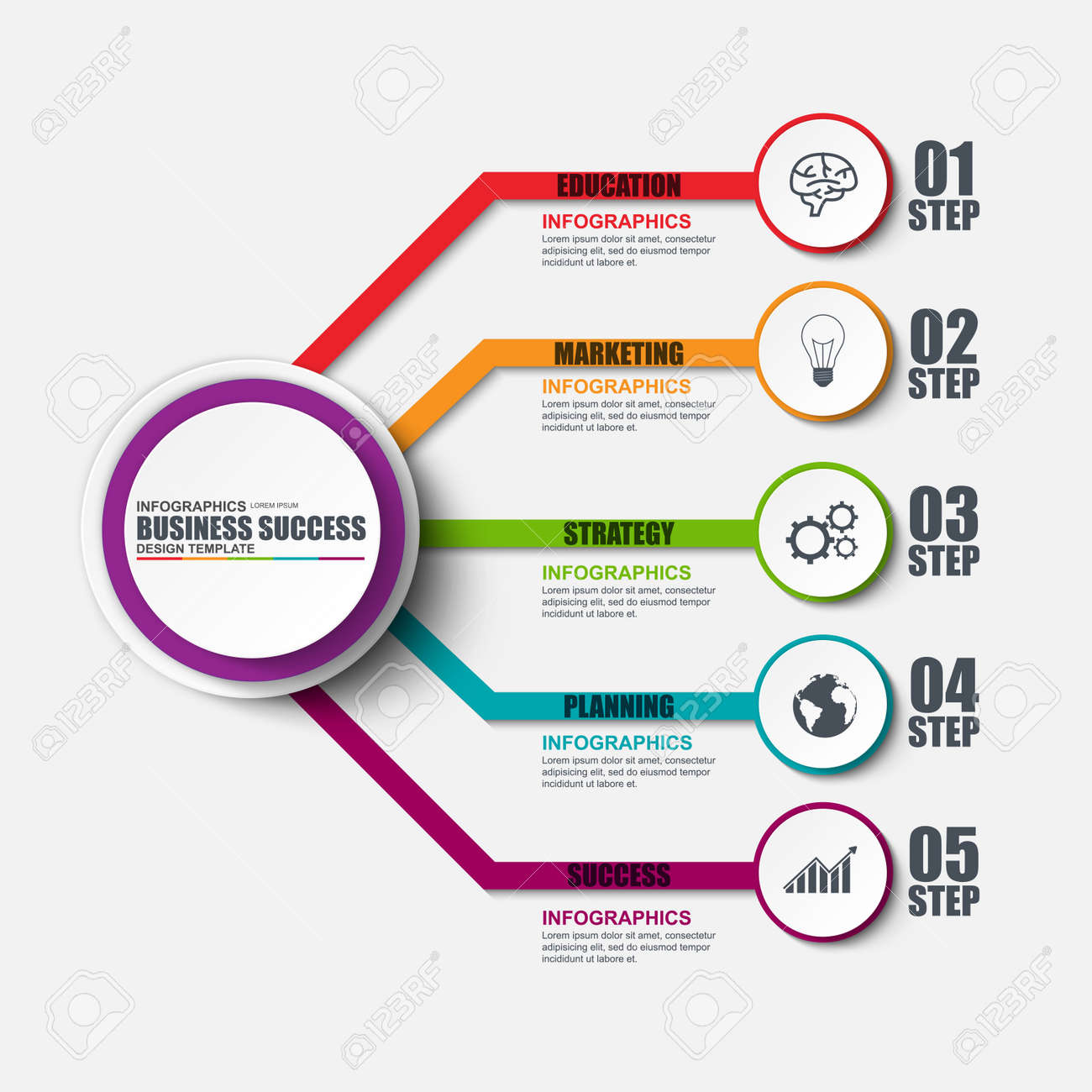The Change Of Online Platforms: A Journey Through Time
The Change Of Online Platforms: A Journey Through Time
Blog Article
Staff Author-Collier Cantu
In the past, web sites were straightforward and concentrated on details. Navigating was straight, and layout was for desktops. Now, user experience is key. https://rylanlhcwp.kylieblog.com/30395595/check-out-the-art-of-producing-engaging-promotions-deliberately-effective-headlines-and-persuasive-calls-to-action-to-achieve-success-in-pay-per-click-advertising guides designs for very easy navigating. Receptive layouts fit various gadgets. Today, dark mode decreases strain, and minimalist food selections improve navigation. Interactive features involve customers, and bold visuals attract attention. AI assimilation increases engagement. See exactly how https://www.forbes.com/sites/forbesbusinesscouncil/2022/02/15/five-essential-steps-to-include-in-your-digital-strategy-for-2022/ has advanced to enhance your on-line journey.
Very Early Days of Website Design
In the early days of website design, simplicity reigned supreme. Internet sites were basic, with limited colors, typefaces, and formats. The focus was on providing details rather than showy visuals. Individuals accessed the internet through sluggish dial-up connections, so rate and capability were key.
Navigating menus were straightforward, commonly located on top or side of the page. Sites were developed for desktop, as mobile browsing wasn't yet widespread. Web content was king, and designers focused on easy readability over complex design components.
https://what-is-content-marketing50493.blogoscience.com/36007812/thoroughly-choose-an-electronic-marketing-agency-for-your-business-by-considering-your-objectives-financial-resources-and-understanding-of-the-industry-learn-more-to-accomplish-success was the primary coding language used, and designers needed to work within its restrictions. Computer animations and interactive attributes were minimal contrasted to today's standards. Websites were fixed, with little dynamic content or personalized individual experiences.
Increase of User-Focused Layout
With the advancement of site style, a shift in the direction of user-focused design concepts has ended up being progressively famous. Today, developing sites that prioritize user experience is vital for involving visitors and achieving organization objectives. User-focused style entails understanding the demands, preferences, and habits of your target market to tailor the site's design, content, and features accordingly.
Developers now carry out complete research, such as customer studies and functionality screening, to gather insights and feedback directly from customers. This data-driven method helps in creating user-friendly navigating, clear calls-to-action, and visually attractive user interfaces that reverberate with visitors. By placing the individual at the center of the style process, sites can supply an extra tailored and satisfying experience.
Responsive design has actually also become a crucial facet of user-focused design, making sure that websites are enhanced for various devices and display sizes. This versatility improves accessibility and functionality, satisfying the varied methods users communicate with sites today. Fundamentally, the increase of user-focused layout indicates a change in the direction of producing electronic experiences that focus on the needs and expectations of the end user.
Modern Trends in Web Design
Explore the latest fads forming website design today. One noticeable fad is dark setting design, supplying a sleek and modern-day appearance while decreasing eye pressure in low-light environments. An additional key pattern is minimalist navigation, simplifying menus and enhancing customer experience by concentrating on essential elements. Integrating micro-interactions, such as computer animated switches or scrolling results, can develop an extra engaging and interactive web site. Responsive layout continues to be vital, guaranteeing smooth customer experiences across numerous gadgets. Additionally, making use of vibrant typography and unbalanced designs can add aesthetic passion and accentuate specific material.
Integrating AI technology, like chatbots for consumer support or customized referrals, enhances individual engagement and improves procedures. Accessibility has additionally become a substantial fad, with designers focusing on inclusive design techniques to accommodate varied customer demands. Welcoming sustainability by maximizing website efficiency for rate and effectiveness is another arising trend in web design. Working together with user comments and data analytics to repeat and enhance style continuously is crucial for remaining pertinent in the ever-evolving digital landscape. By embracing these contemporary fads, you can create an aesthetically enticing, user-friendly site that reverberates with your target market.
Verdict
As you reflect on the evolution of internet site design from the early days to currently, you can see how user-focused design has actually ended up being the driving pressure behind modern-day fads.
Embrace the journey of adjustment and adjustment in website design, always keeping the user experience at the center.
Keep current with the most up to date fads and modern technologies, and never ever quit advancing your method to produce aesthetically spectacular and straightforward internet sites.
Advance, adjust, and develop - the future of web design is in your hands.
